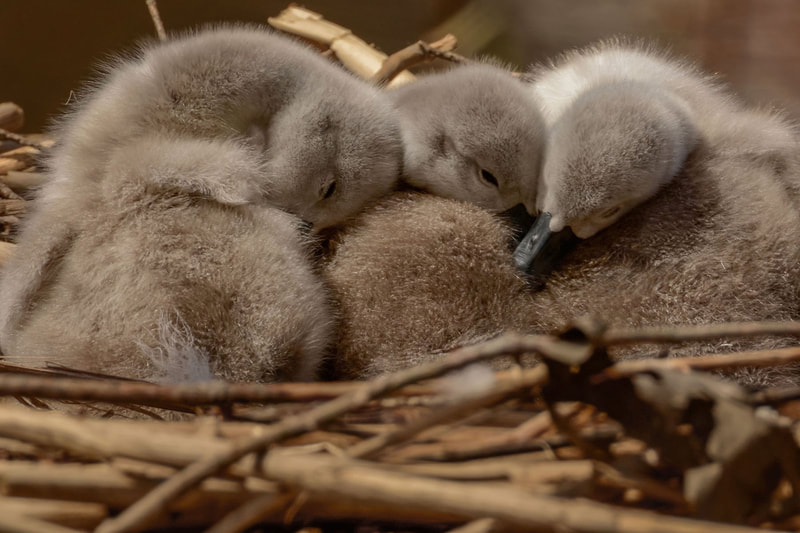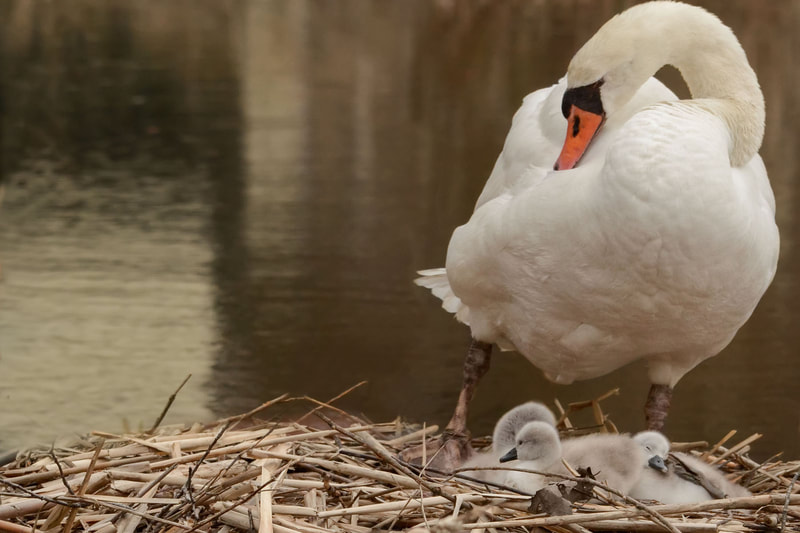Barbie Delcamp photography blog mrsdsphotos waterfowl and wildlife photography
The sky was overcast as I drove down interstate 95 from Maine. I was on a mission. I arrived in Boston as the morning traffic was humming along. Overhead, Mute Swans flew in formation toward the city. I continued enroute to Quincy and onto route 93. I wasn’t even sure if I would find what I was looking for, but I drove with determination. It had been almost I year since I’d become obsessed with locating Mute Swans in or around Maine, New Hampshire, and Massachusetts. I had been google searching regularly seeking anything on sightings of these large white waterfowl. Dave and I had spotted a pair in a pond near Gillette Stadium in November when we had gone to a Patriots game. It was now May, and I was headed elsewhere to try to find a nesting couple that I’d read about. Mute Swans are either loved, or they are despised. They are loved because of their elegance and alluring romantic beauty. Many think of them as seen in photographs, male and female, with their necks entwined in the shape of a heart, a perfect idealistic picture of love. Prized photographs capture them as tender parents with their babies gently nestled into their magnificent wings. Softly floating on a picturesque water landscape, they conjure up a utopian image. But many despise Mute Swans. They are not native to the US. They were brought here to estates and parks from Europe as a type of ornamental wildlife. Many that we see today escaped and are now breeding in the wild on ponds and lagoons. They can weigh up to 21-26 pounds, with a wingspan of 7-8 feet and are one of the largest waterfowl species. They are often a nuisance. As an invasive creature they can cause much destruction to the habitat. They are known to be aggressive toward people and other waterfowl. Still, I was traveling three hours from our home in search of little gray puff balls called cygnets.
Ownership of copyright-The copyright in this website and the material on this website (including without limitation the text, computer code, artwork, photographs, images, material, on this website) is owned by Sweet Georgie Ann's Books and What Not and its licensors, (unless otherwise stated or revealed ie connecting links, credited quotes).





